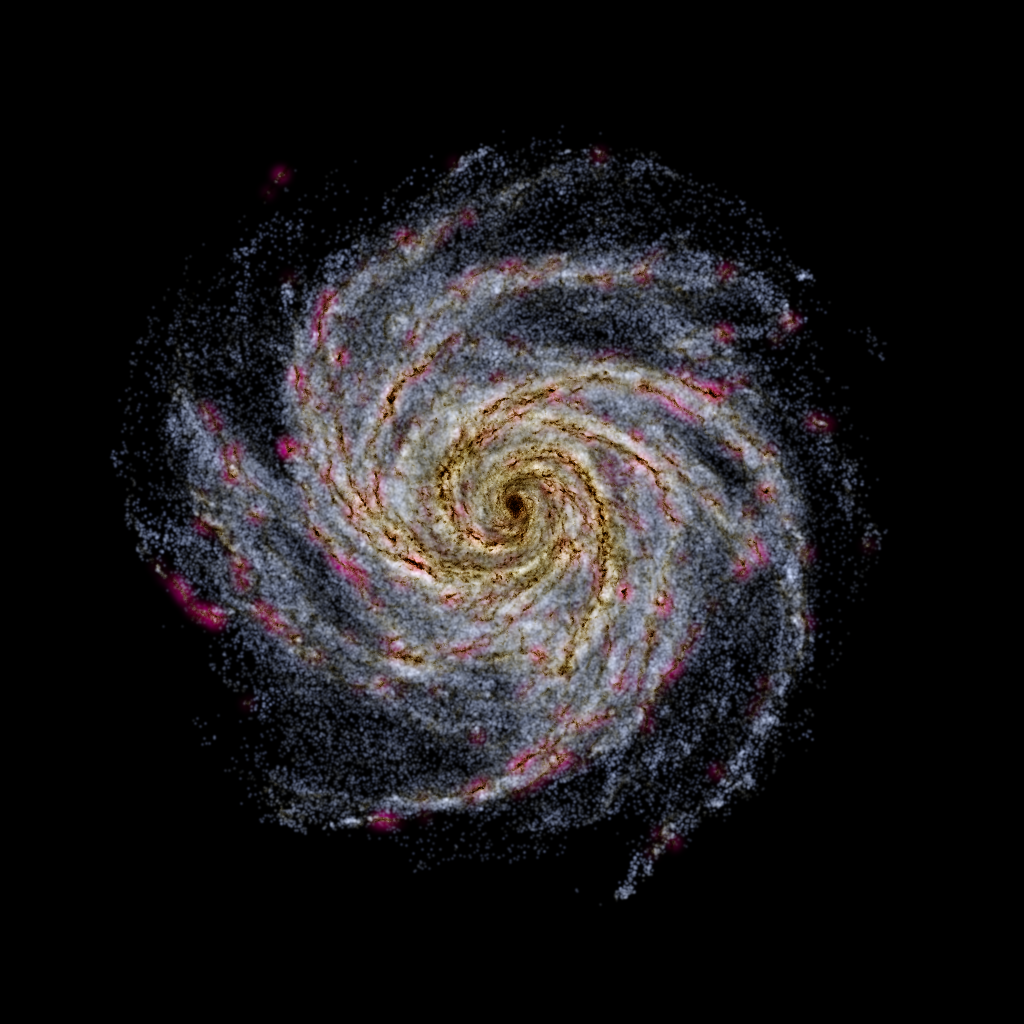Examples¶
A composit instrument¶
This example show how to display the field of view of two detectors.
from pNbody import ic
from pNbody.Mockimgs import *
from astropy import units as u
from matplotlib import pyplot as plt
# define a CCD
myCCD = ccd.CCD(name="IFUWST",shape=[1024,1024],size=[1*u.cm,1*u.cm])
# define a MOS (here we define only the field of view assumed to be a circle)
myMOS = mos.MOS(name="MOSWST",fov=1.25*u.degree)
# define a telescope
myTelescope = telescope.Telescope(name="WST",focal=1145.91529937*u.cm)
# define an object, here, a galaxy
nb = ic.plummer(1000,1,1,1,0.1,rmax=10,M=1,irand=1,vel='no',name=None,ftype='swift')
myGalaxy = obs_object.Object(nb=nb,distance=30*u.kpc)
# define an instrument (use the CCD)
WST_IFU = instrument.Instrument(
name = "myInstrument",
telescope = myTelescope,
ccd = myCCD,
obs_object = myGalaxy,
)
# define an instrument (use the MOS)
WST_MOS = instrument.Instrument(
name = "myInstrument",
telescope = myTelescope,
ccd = myMOS,
obs_object = myGalaxy,
)
# open a matplotlib figure
fig = plt.Figure()
ax = plt.gca()
# display the fields as well as the object (here in arcmin)
WST_IFU.draw(ax,mode="angle",unit=u.arcmin)
WST_MOS.draw(ax,mode="angle",unit=u.arcmin)
# set axis and show
ax.axis('equal')
plt.show()
Note that the display mode can be either
phys (physical size, usually in pc or kpc)
angle (angle on the sky, arcsec, arcmin, degree)
detector (size on the focal plane, mm, cm):
WST_IFU.draw(ax,mode="phys",unit=u.kpc)
WST_IFU.draw(ax,mode="angle",unit=u.arcmin)
WST_IFU.draw(ax,mode="detector",unit=u.mm)
